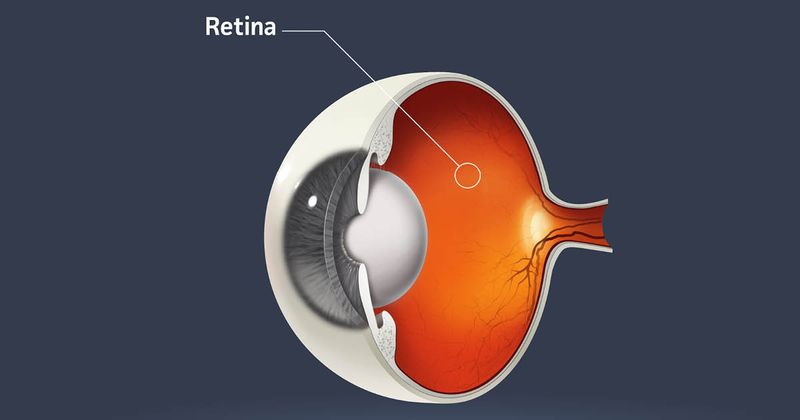BLOG: Introducing the Qdata module for geographic atrophy
Key takeaways:
- Qdata Geographic Atrophy will improve understanding of practice patterns, decision-making and outcomes.
- The module links EHR and ophthalmic imaging data.
The American Academy of Ophthalmology IRIS Registry has now linked approximately 3.5 million ophthalmic images to deidentified electronic health record data from nearly 16,000 contributing clinicians.
This valuable integration is helping unlock real-world insights on patients with geographic atrophy (GA).

Image: Adobe Stock
In order to help clinical researchers, medical affairs, and health economics and outcomes research teams effectively navigate this deep repository of deidentified EHR data, Verana Health — the Academy’s exclusive data curation and analytics partner — has developed Qdata modules. These disease-specific data sets empower teams to better understand real-world practice patterns, clinician decision-making and patient outcomes. Among the recently released ophthalmology Qdata modules is Qdata Geographic Atrophy, which unlocks unprecedented real-world research possibilities by linking EHR and ophthalmic imaging data for a comprehensive view of the GA patient journey.

At the core of this initiative lies the mission to improve patient care through advanced research. By including imaging data from 2,600 GA patients (a number that is expected to grow in the coming months), life sciences companies can confirm data found in unstructured EHR notes and generate data that are only found in images. For example, life sciences companies can use imaging data to confirm subfoveal involvement as described in a patient’s EHR and use imaging results to quantify the area of GA lesion growth over time.
Qdata modules are meticulously curated data sets derived directly from the IRIS Registry. Because the IRIS Registry is updated regularly, these Qdata modules do not suffer from latency issues that may arise from extracting data from government databases. This may be uniquely impactful when life sciences companies pose questions about the real-world effects of therapies that have been recently approved.
One such therapy is Syfovre (pegcetacoplan, Apellis Pharmaceuticals), which the FDA approved in February for the treatment of GA. Regulatory filings for another therapy, Zimura (avacincaptad pegol, Iveric Bio), have already been submitted. Knowing how patients respond in the rollout period of these therapies will help us maximize early success and may inform clinical decision-making.
With the debut of Qdata Geographic Atrophy, life sciences companies can collaborate with Verana Health to investigate any number of questions related to this disease. For example, if a researcher wanted to compare the number of pegcetacoplan injections since FDA approval in similar populations (eg, patients older than 85 years with a history of cataract surgery who were diagnosed with GA more than 2 years from an index date) but in different geographic regions (eg, the Midwest and the South), they could utilize Qdata Geographic Atrophy to answer questions within their parameters of interest. By incorporating imaging data into Qdata Geographic Atrophy, life science companies can now obtain answers that are best derived from imaging data, such as rate of GA lesion growth, as seen on fundus autofluorescence imaging.
The Academy has facilitated the acceleration of research into particular diseases and conditions by allowing Verana Health to curate data in the IRIS Registry into disease-specific and easily navigable modules. Qdata modules on other disease states are continuing to be rolled out throughout the year.
Recent conference presentations, leveraging the power of the IRIS Registry (eg, FARETINA-AMD and FARETINA-DME studies outlined in this blog elsewhere), have characterized real-world trends of new therapies in VEGF-mediated retinal diseases. Now that we have Qdata Geographic Atrophy, expect to see studies at major meetings outlining how changing dynamics of the treatment landscape are affecting specific patient populations in the immediate past.
Reference:
- Qdata. https://www.veranahealth.com/data-and-technology/qdata/. Accessed July 27, 2023.
Collapse
